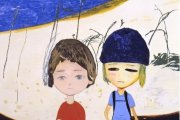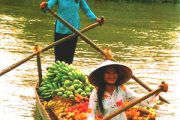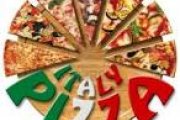Life & English
The seminar on “International Development Trends in Television Production” will be organized in Friendship Cultural Palace, 91 Tran Hung Dao Str, Hanoi, Thu 20 Jun 2013, 8.30 am.
Exhibition, lectures and discussion on the subject of sustainable design for office and living by Goethe Institute
(ICTPress) - International Artist in Residence in Beppu (JAPAN) call for application.
Deadline: 21 Jun 2013
(ICTPress) - The Liberty Bell is an iconic symbol of independence and freedom in the United States. Why was the bell cracked?
(ICTPress)- How do Japan’s artists, living in an increasingly globalized world and in a time when shared values are hard to establish, see our contemporary world? Please visit “Winter Garden” - Contemporary Japanese Art Exhibition.
(ICTPress) – Congratulate young readers and young writers on Children’s Day 1-6
(ICTPress) - Our boat moved swiftly down the river and came to a junction of waterways. In front of my eyes, a very large expanse of water with many small boats and many large ships appeared. This was the floating market of Cai Rang.
(ICTPress)- Good morning. Story of today is about the history of pizza.










